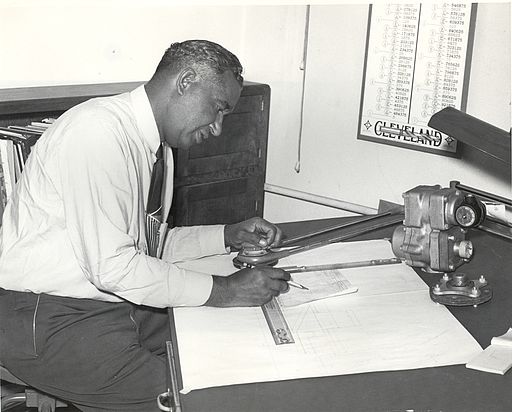
It has been said that Black History is a persistent strength in our society.
I totally agree; it makes society aware of the great contributions made by Black Americans in our country and world.
Some distinguished Black Americans:
James Armistead an American spy; he was born a slave and was a valuable intelligence agent during the Revolution by gathering information concerning British forces at Portsmouth, VA.
George Bonga a Black American trader of considerable wealth, served as interpreter at the signing of the Chippewa Treaty of 1837.
Ambrose Caliver was a senior specialist in the education of African Americans in the U.S. Office of Education from 1930 to 1946. He initiated and directed the Federal Emergency Relief Administration (FERA) and Works Progress Administration (WPA), the U.S. emergency education programs under the New Deal;
George Carruthers, a Physicist, one of the two naval research laboratory persons responsible for the Apollo 16 lunar surface camera/spectrograph which was placed on the lunar surface in 1972.
Elmer Simms Campbell, a master cartoonist of sophisticated humor for Esquire and Playboy magazines. His art also appeared in hundreds of newspapers and magazines as a syndicated feature.
Albert Cassell, an Architect, he worked on the construction of five buildings at Tuskegee Institute; as a draftsman, he was responsible for designing an industrial plan for the manufacture of silk.
Captain B. Collins patented the portable electric light in 1938.
Prince Hall petitioned the city of Boston to establish schools for Black children equal in quality to those for white students in 1787.
Black Inventions: Walter S. McAfee is the first Black mathematician and physicist who first calculated the speed of the moon in 1946; the calculation allowed a team to send a radar pulse through a special 40-feet square antenna towards the moon.
Two and a half seconds later, they received a faint signal, proving that transmissions from earth could cross the vast distances of outer space.
Frederick McKinley Jones, born in Cincinnati, Ohio in 1893 and orphaned at the age of nine, is best remembered for devising a method to refrigerate trucks carrying perishable food, an idea expanded to include air coolers for ships, planes, and trains.
As a result of this method called pre-fabricated refrigerated construction, meat, fruit, vegetable, and butter could be transported long distances.
Peter Hill, born a slave was a highly-skilled clockmaker; only the most skilled craftspeople could create one. Two of the clocks Hill made still exist. One is in the Westtown School in Westtown, Pennsylvania. The other is in the National Museum of History and Technology at the Smithsonian Institution in Washington, D.C.
Andrew Jackson Beard lost his leg by crushing it between two railroad cars while linking them together. Beard then created a device to hook cars together automatically; it became the model for a national standardized linking mechanism.
Paul Boli in 1955 invented the first heart pacemaker. However, Otis
Boykin created an electrical machine as a regulating unit for it. Raised in Dallas, Texas, Boykin device uses electrical impulses to maintain a steady heartbeat.








